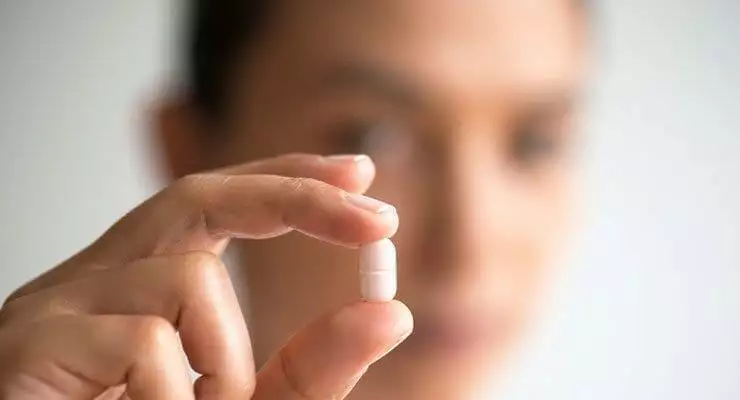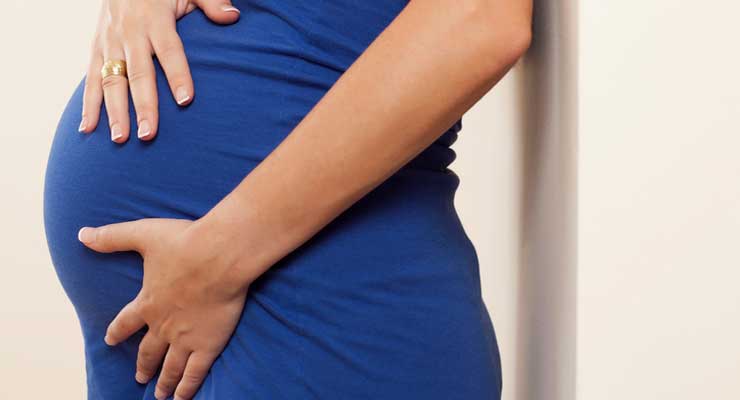Placental Development During Pregnancy
Pregnancy is an amazing time of growth and change for new moms. Each week you can see and feel changes in your body and the development of your baby. The placenta is responsible for providing nutrition, oxygen and removal of waste for your precious baby while she is growing in your uterus.
The placenta also stops the ovaries from producing more eggs during the months of pregnancy and stimulates them to produce estrogen and progesterone constantly, which helps to maintain the pregnancy.
Early Development
Around 3 to 5 days after fertilization, the egg is considered a blastocyst. This hollow ball of cells works its way into the uterus, and within days 5 to 8 the blastocyst attaches itself to the lining of the uterus–usually near the top and away from the cervix. The blastocyst is only one cell thick except for a small thickened area which is 3 to 4 cells thick. The outer cells of this thickened area develop into the placenta as it burrows its way into the uterine lining. This process of implantation is completed by days 9 to 10.
As the placenta matures, some of the outer layer of cells develops into a membrane, called the chorion, that surrounds the emerging embryo. The amniotic sac is created from the inner layer of cells by days 10 to 12. The amniotic sac fills with fluid and it is here that the embryo floats.
The Next Stage
As the placenta continues to develop, tiny villi project into the wall of the uterus. The projections continue and branch off form one another, creating a complicated web-like structure. This increases the contact area between the wall of the uterus and the placenta–more waste can be exchanged from the fetus to the mother and more nutrients can be passed to the fetus from the mother. By 18 to 20 weeks, the placenta is fully developed.
Smoking significantly affects the way the placenta attaches itself to the uterus. This causes significant difficulty for the developing fetus and can lead to low-birth weight and infant death.
Placenta Development Complications
As the placenta develops, there can be some difficulties. One such difficulty is placenta previa. If the placenta implants toward the bottom of the uterus or over the cervix–either in part or entirely–the mother may have profuse, painless bleeding late in pregnancy. An ultrasound can confirm placenta previa and bed rest likely will be prescribed, but the condition may demand an early cesarean birth of the baby. Placenta previa also can resolve on its own before the pregnancy reaches 40 weeks.




